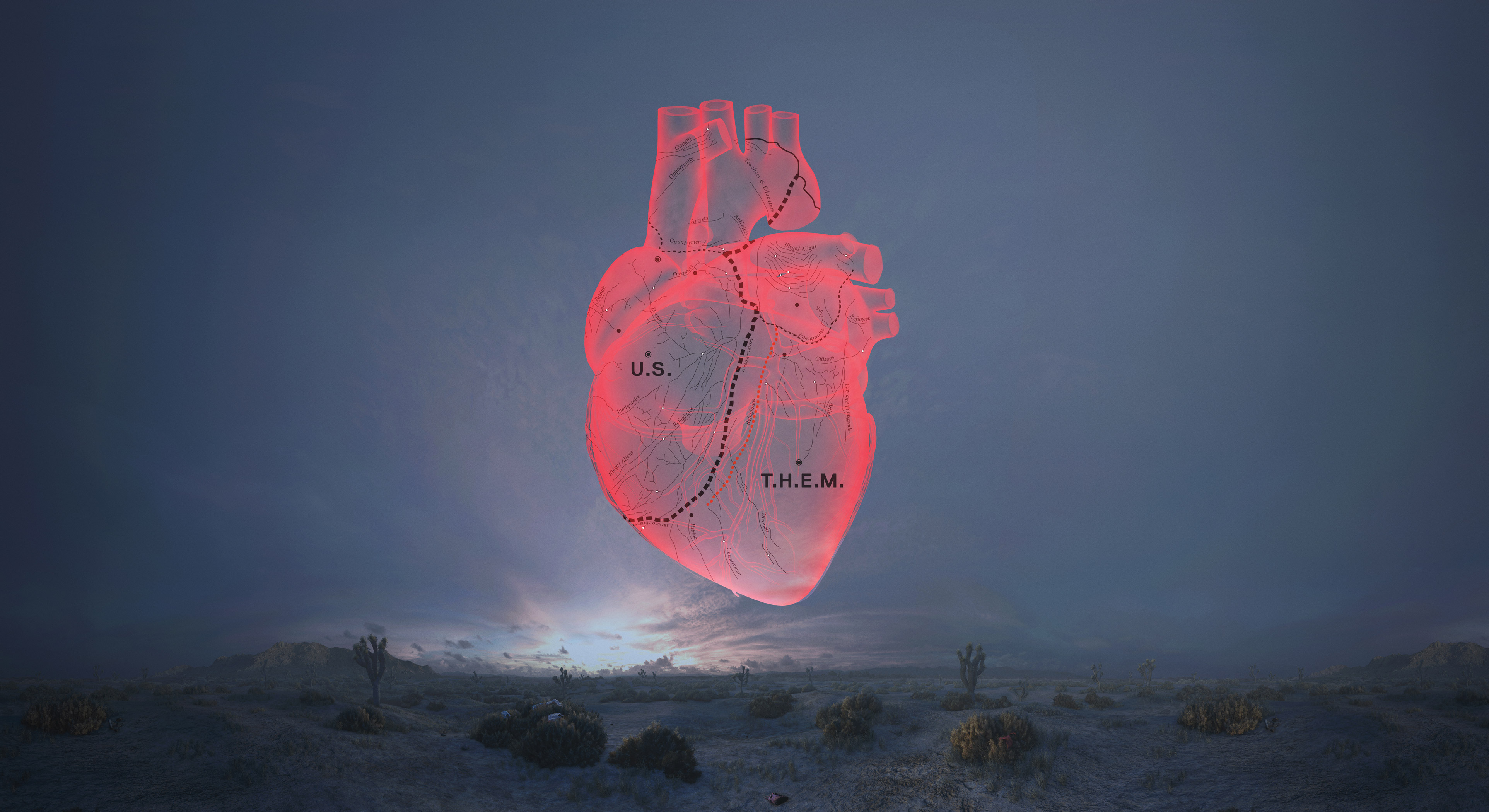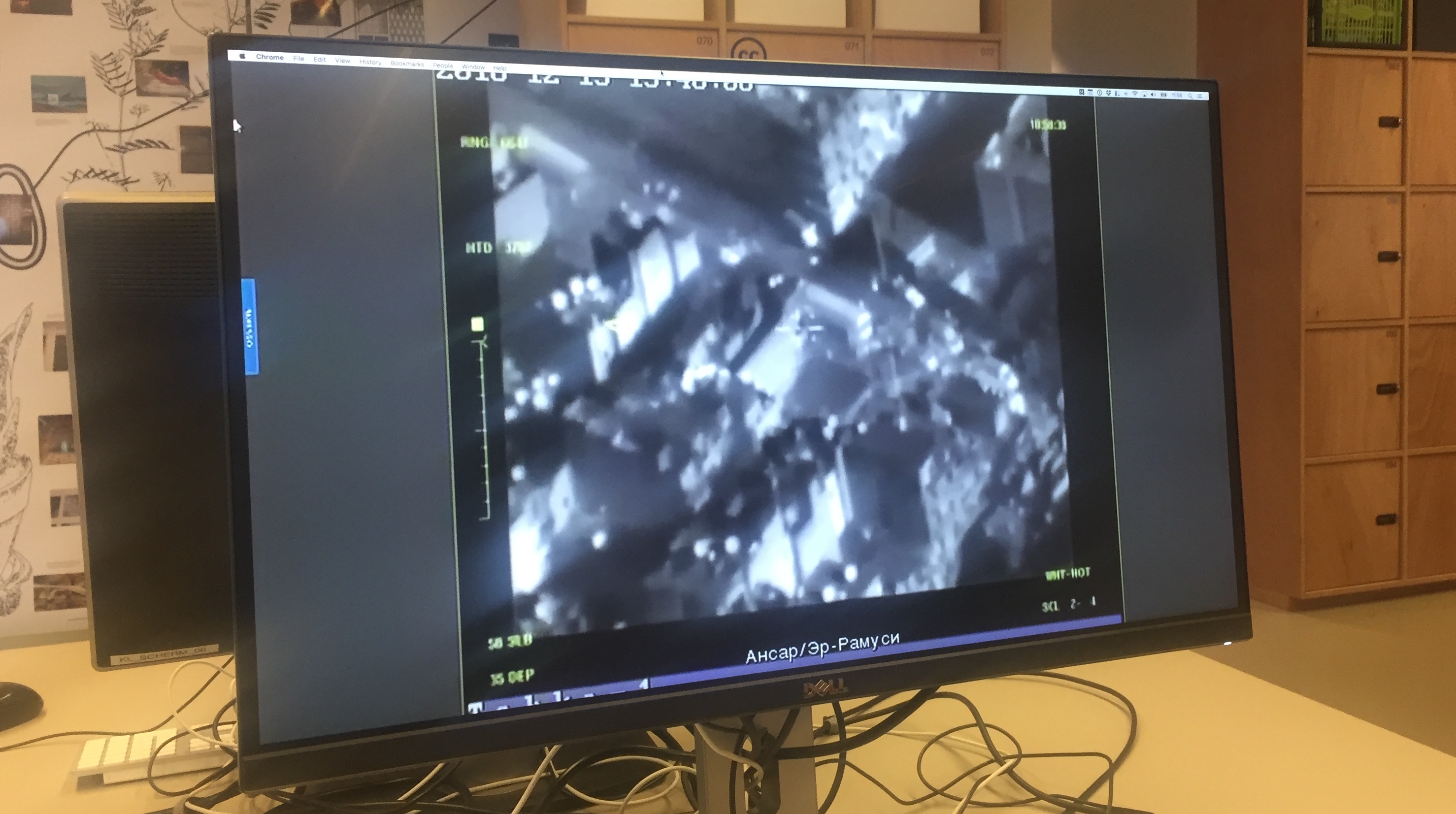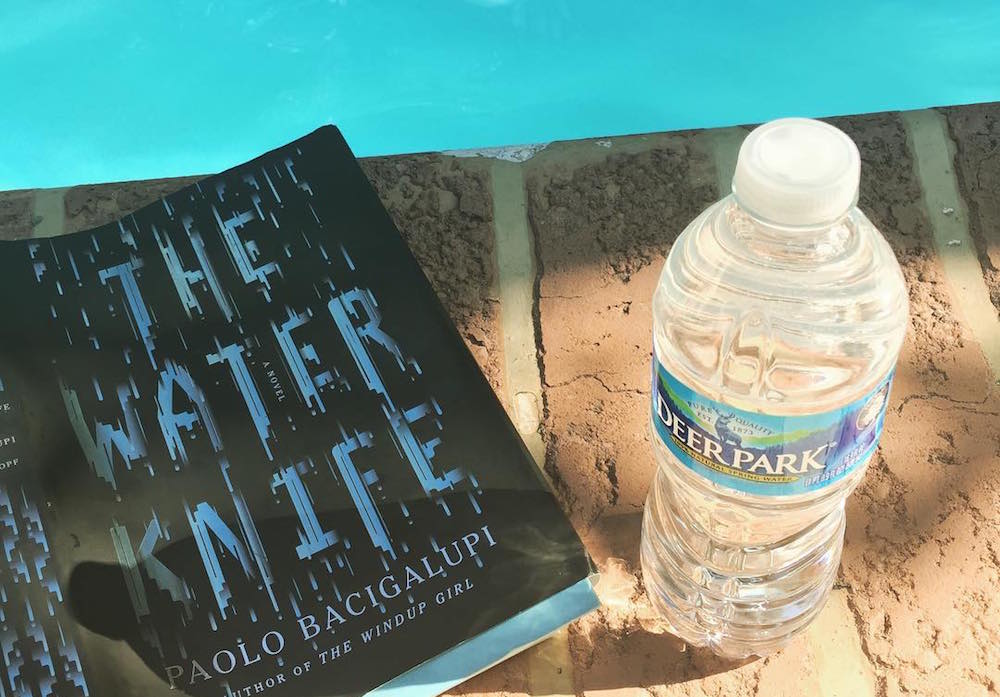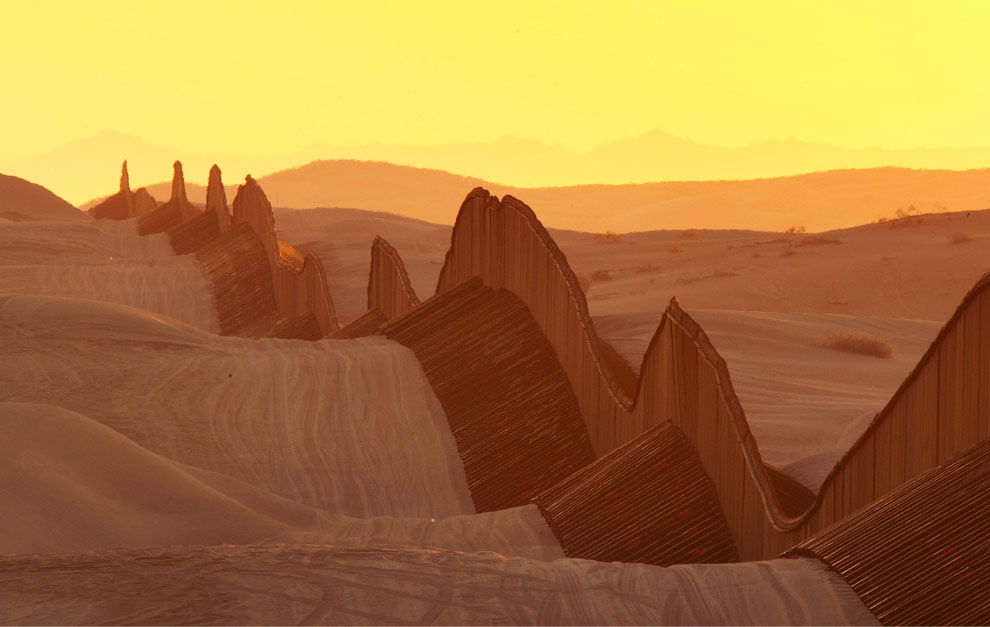Cheating in San Francisco
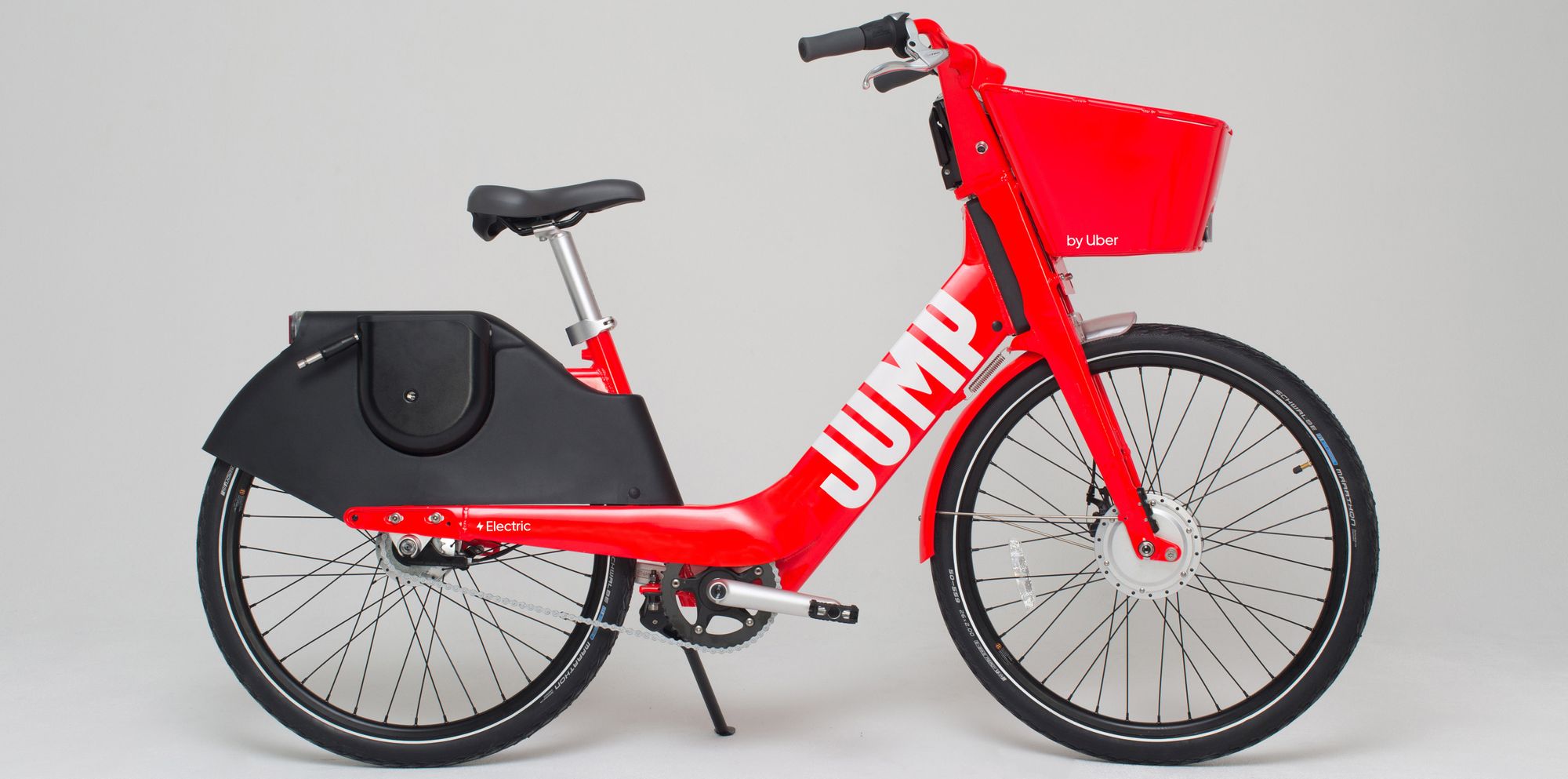
The last time i rode a bike in San Francisco was in 1996 when i was here for the Cycle Messenger World Championships. Since then the city has changed a lot, and while much of that change has not been for the better, when it comes to cycling things have improved a lot.
In 1996 bike messengers where pretty much the only ones cycling and as a cyclist you had to fight for your space on the road which was pretty much constantly challenged by ignorant/agressive motorists. These days the city is full of well marked bike lanes and the majority of motorists seem to treat cyclists with respect. The bike lane system is pretty remarkable with dedicated bycicle only shortcuts and clear indications on many streets that cyclists have the right to use a full lane. Combined with Google maps that skillfull routes you around the most challenging hills this makes for a really cycling freindly city and there are actually a lot of cyclists in the streets.

Cruising uphill on McAllistair Street
Over the past few days i have been criss-crossing the city on JUMP shared bycicles. The JUMP fleet of shared bycicles is brand new (the seem to be on the streets since earlier this month) and what sets them apart from other shared bikes is thier build quality and (more importantly) the fact that they are pedal assited electric bikes1. The bikes come with a electric motor that kicks in as you pedal and provides more power the harder you pedal. This makes for an extremely fun ride and a super fast way to get across town. The electric motor makes the most difference when going uphill which is a pretty effortless affair on one of these bikes. In fact going up hills is so easy that it constantly felt like cheating compared to my earlier adventures in this city and especially when you are passing a ‘real’ cyclist who is struggeling to climb up a hill.
These JUMP bikes are the most convincing implementation of a bike share programme that i have encountered yet. Clearly a lot of care went into both the design of the bikes and the overall system2. The bikes feel very solid and are fun to ride (in part due to the fact that they also have excellent brakes). Still i have my doubts that these bikes will indeed last for the three to five years that JUMP expects them to last. While the bikes feel rock solid at this point they have been in use for less than a month and i already had some minor hickups with the 3 speed rear hub which feels as if these will break relatively quickly. I also have my doubts regarding the exposed front disc brake which seems destined to come loose sooner rather than later.
It seems to me that at this stage the idea that these bikes can do with “a yearly check-up” is a little bit premature, but these weak spots shouldn’t be difficult to fix (go single speed and shield the front caliper assembly). All in all these bikes show that the shared micro mobility space is maturing and that a well-designed bike share system can really add to a city.
-
This seems to fit into the local trend of turning pretty much everything that has wheels into a battery electric powered version of itself. ↩︎
-
When you sign-up for the JUMP app you have to approve that JUMP can sharing your trip data with the city government. This is very much in line with calls that data produced by private companies using public spaces should be available to the public to improve public services (something that seems badly needed in this city). ↩︎


